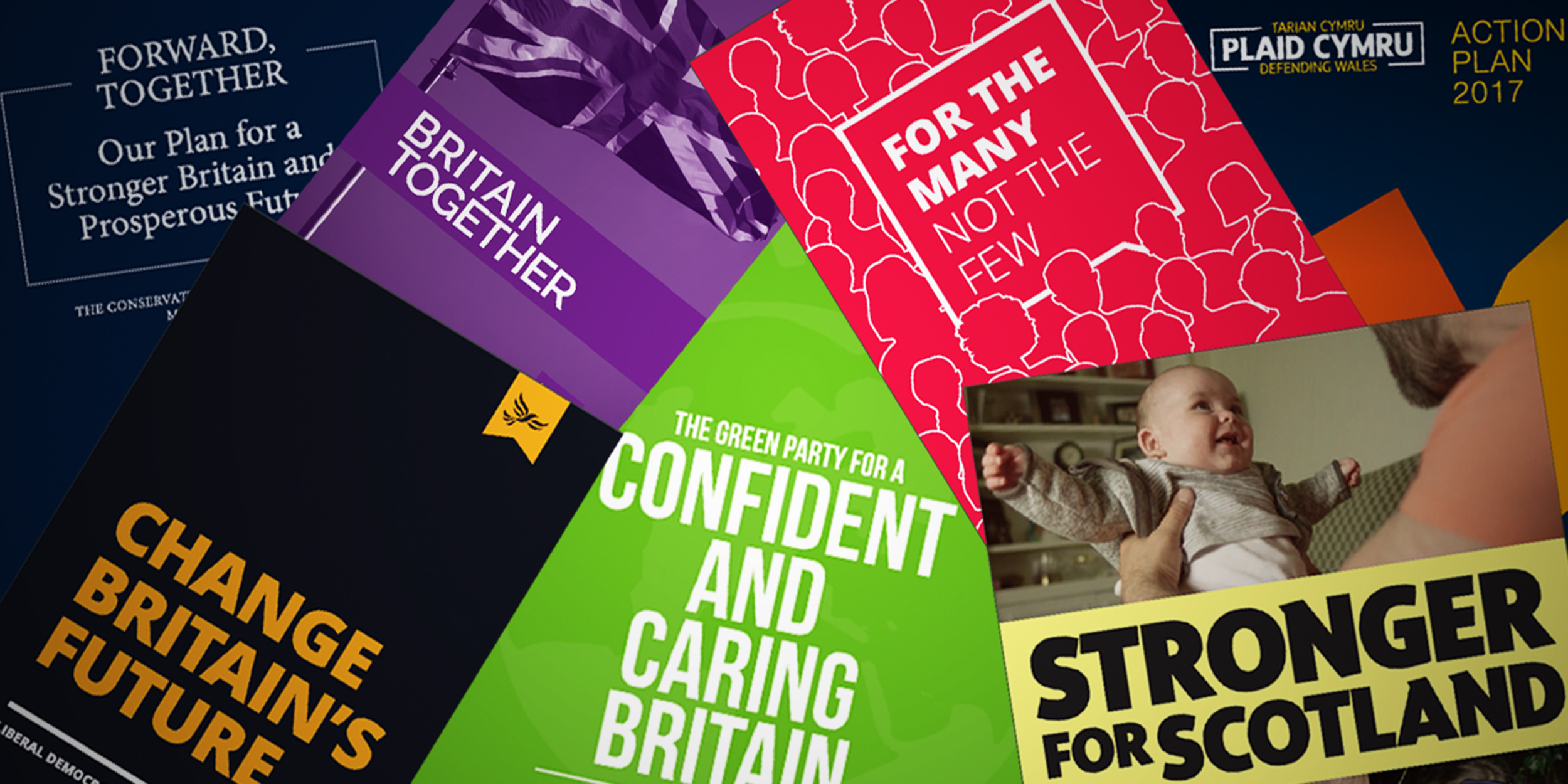Climate change is increasingly at the top of the political and social agenda, our 2023 photography competition invited students to submit photographs that capture this moment. Our first and second place winners tell us more about their entries.
First place entry: Dominik Juling (MSc Conflict Studies)

I have chosen a photo from my collection that shows three things. Firstly, the obvious environmental destruction caused by the huge open-cast coal mine that cuts through the green meadows of Lusatia in the east of Germany, often swallowing whole villages. Not directly visible, but nevertheless directly linked to the mine, are the greenhouse gas emissions from the coal burnt for energy production. Incredibly emissions-intensive compared to other ways of producing energy, lignite will make it difficult to meet Germany’s emissions targets, as the current plan is not to fully phase out coal until 2038. The third element is the young activists of the climate protection organisation Ende Gelände, who have been shutting down fossil fuel infrastructure in Germany for years with impressive mass actions. With their white protective suits, they stand in stark contrast to the black and brown coal of the mine. With singing and music, they worked their way down the mine step by step on this cold November day in 2019. Always with tactically clever manoeuvres to avoid or distract the police forces. Strategically, the activists split into several so-called “fingers” of hundreds of people each, with different targets in the widely dispersed coal mining area. The logistics behind the actions, which take place once or twice a year, are always enormous, but they are all put together by committed young people. Vegan food, campsites and buses for thousands are financed each time exclusively by voluntary donations.
I have always been an interested observer, and so in 2019, as part of my work as a freelance journalist at the time, I was lucky enough to observe and document this struggle of David against Goliath through the camera lens. It was not to be the last time that I photographed climate protests in order to report on them. Even though I haven’t done any journalism for a while now, don’t attend any more climate protests and unfortunately can’t put my camera to use very often anymore, I have remained closely connected to the topic of climate change. The MSc in Conflict Studies at LSE lays the perfect foundation for my future interdisciplinary research in the field of climate change, environment and conflict. Even though I will never forget the impressive scenes in the cold coal mine, I am happy to spend my days in the warm library now.
Second place entry: Peter Wyckoff (MRes Political Science)

Cities have a significant role to play in tackling climate change – both in reducing emissions, and in responding to how their climates are evolving. This photo presents one of the ways that climate change is affecting some cities: more intensive and extensive waves of heat. This photo was taken in July 2022, days after Paris’ second hottest day in recorded history. Paris has slowly warmed over the past century, gaining an average 2.3°C by 2000-2019, compared to 1873-1902, according to the Montsouris meteorological station. We may not have truly appreciated the summers we had, until they were already gone.
Over the past few decades however, the city has begun to act to address climate change. In 2007, it adopted a first Climate Plan, with a goal of carbon neutrality by 2050. Measures include renovating buildings, adapting energy supply, and encouraging a circular economy. Beyond mitigation, the city is preparing a “Paris à 50 degrés” crisis exercise for October that will test how ready the city is to manage extreme heat. The city has also taken a number of measures explicitly focused on changing the urban landscape, recognizing the role that concrete and cars play in fuelling and magnifying climate distortions. Some of these efforts are observable in the photo – encouraging bike use, expanding tree cover, or the establishment of “points de fraîcheur”, like this mist shower, during the summer months. Most visibly perhaps, the city has been actively trying to take space back from cars for pedestrians, including by pedestrianizing Paris’ town downtown highways. Mayors Delanoë and Hidalgo led the decades-long effort, facing down protests and legal action: first the city pedestrianized segments on Sundays (1995), then pedestrianized the left bank (2013), and finally opened the full 7km park in 2017. This photo was taken on the pedestrianized portion of the right bank, almost directly below the city hall. This vignette on Paris highlights some key themes for climate policy: the importance of local-level action, of multi-disciplinary and inter-reinforcing efforts, and of simultaneous mitigation, adaptation, and resilience initiatives. It also highlights how urban climate policy can allow residents to rediscover spaces they hadn’t even known they’d lost – within two years, 1.5 million people had visited the newly pedestrianized riverside park.
Third place entry: Ojas Singh Bhanot (BSc Politics and Data Science)

Goodbye Gangotri Glacier! Retreating 38m per year. Save the world’s Icy Treasures for all to enjoy!
Note: this article gives the views of the authors, and not the position of the LSE Department of Government, nor of the London School of Economics and Political Science.





